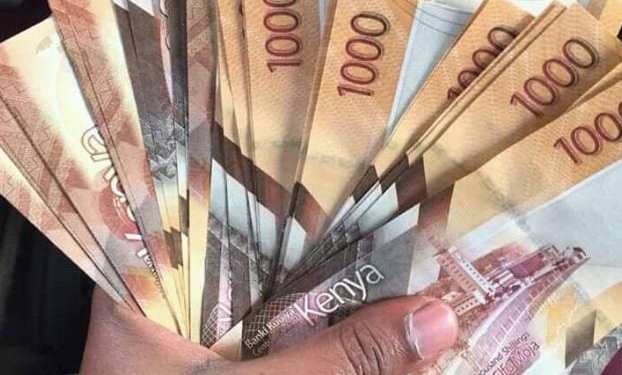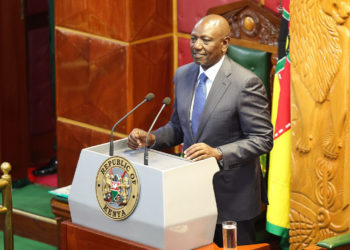Kenya’s government expenditure has reached 24.6% of its GDP, the highest among select Sub-Saharan African countries, according to a recent report by Cytonn Research. This spending level surpasses that of other major economies in the region, including South Africa and Nigeria, raising questions about the sustainability of Kenya’s fiscal policies and its impact on the country’s mounting debt burden.
The comprehensive analysis of Kenya’s public debt situation reveals a complex picture of fiscal challenges and economic pressures. With a debt-to-GDP ratio of 70%, Kenya’s public debt has grown at a compound annual growth rate (CAGR) of 10.1% over the past five years, outpacing the country’s economic growth of 4.6% during the same period.
“Kenya’s public debt reached KES 10.6 tn, equivalent to 70.0% of GDP as of end of June 2024, marking a 2.9% increase from the KES 10.3 tn (70.8% of GDP) recorded in June 2023,” the report states. This level exceeds the International Monetary Fund’s (IMF) recommended threshold of 50% for developing countries by 20 percentage points.
The high government spending relative to GDP indicates a significant public sector presence in the Kenyan economy. While this can potentially drive economic growth and development, it also poses risks to fiscal sustainability, especially when coupled with high debt levels.
Kenya’s debt servicing costs have become a major concern, with the debt service to revenue ratio reaching 69.6% as of June 2024. This figure is substantially higher than the IMF’s recommended threshold of 30%, indicating that a large portion of government revenue is being directed towards debt repayment rather than developmental expenditures.
“The sustained high debt service to revenue ratio above the recommended threshold is a worrying sign, with a large proportion of the government’s revenue being allocated to servicing debt rather than being available for other essential expenditures,” the report notes.
The country’s fiscal challenges have not gone unnoticed by international credit rating agencies. On July 8th, 2024, Moody’s downgraded Kenya’s credit score to Caa1 from B3, maintaining a negative outlook. This decision was influenced by the government’s choice to forgo proposed tax increases through the Finance Bill 2024 and instead rely on expenditure cuts.
“The downgrades of Kenya’s credit score have dimmed the country’s ability to access cheaper loans in the international financial markets,” the report explains. This situation could further exacerbate Kenya’s debt burden and limit its fiscal maneuverability.
In a regional context, Kenya’s debt situation is part of a broader trend across Sub-Saharan Africa. The continent’s debt-to-GDP ratio reached 68.6% at the end of 2023, with 75% of this debt being long-term. Notably, 67% of Africa’s debt is concentrated in just ten countries, with Kenya accounting for 3.7% of the continent’s total debt.
The report also highlights the significant role of China in Africa’s debt landscape. “Currently, China makes up the largest portion of Africa’s debt stock, and is Africa’s biggest bilateral lender. As of 2023, China held almost USD 24.4 tn of Africa’s external debt,” the analysis reveals.
To address these fiscal challenges, the report proposes several recommendations for the Kenyan government. These include implementing a comprehensive debt management strategy, enhancing capital market reforms, improving the ease of doing business, and focusing on areas of strength such as tourism and diaspora remittances.
The report also emphasizes the need for fiscal consolidation: “The government needs to implement robust fiscal consolidation through expenditure reduction by introducing austerity measures and limit capital expenditure to projects with either high social impact or have a high Economic Rate of Return (ERR).”
Other suggested measures include investing in productive sectors, leveraging public-private partnerships, improving export capabilities, enhancing tax collection efficiency, and addressing corruption and wastage.
The Cytonn report concludes by emphasizing the collective nature of addressing Kenya’s public debt issue: “Addressing the public debt issue is a collective effort that requires cooperation among policymakers, stakeholders, and the general public, all working together to secure the country’s financial future and prosperity.”


















